Grooming your pet is more than just a beauty routine—it’s a crucial aspect of their health and well-being. Whether you’re an experienced pet owner or new to the world of furry companions, understanding how to groom your pet effectively is vital. This comprehensive guide will walk you through the grooming needs for different pets, including cats, dogs, and large pet breeds, ensuring that your beloved animal stays happy and healthy.
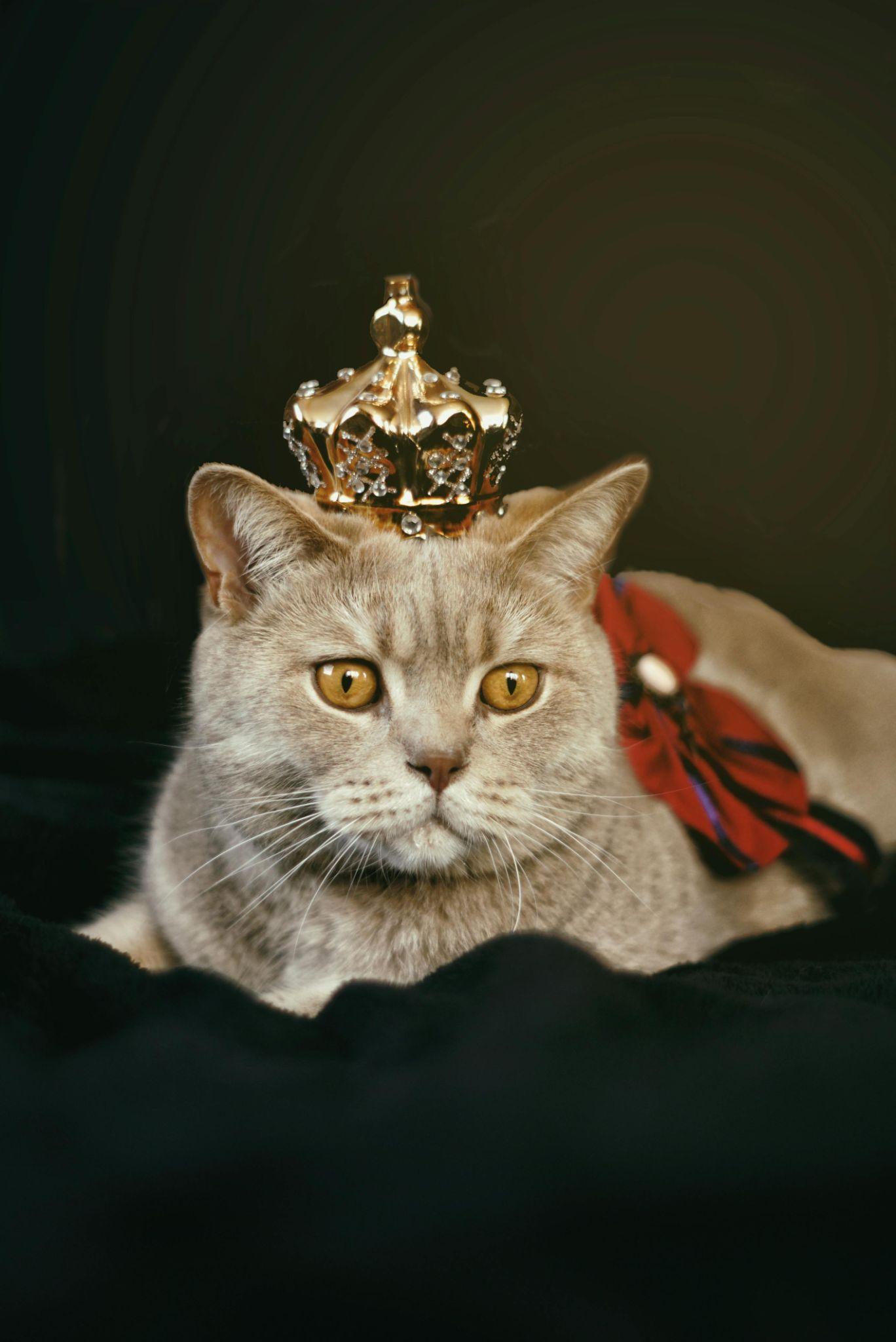
Why Grooming Your Pet is Essential
Grooming is not merely about making your pet look good; it significantly contributes to their overall health. Regular grooming helps prevent skin issues, reduces shedding, and allows you to monitor your pet’s condition. It’s also an excellent opportunity for bonding with your pet.
Health Benefits of Regular Grooming
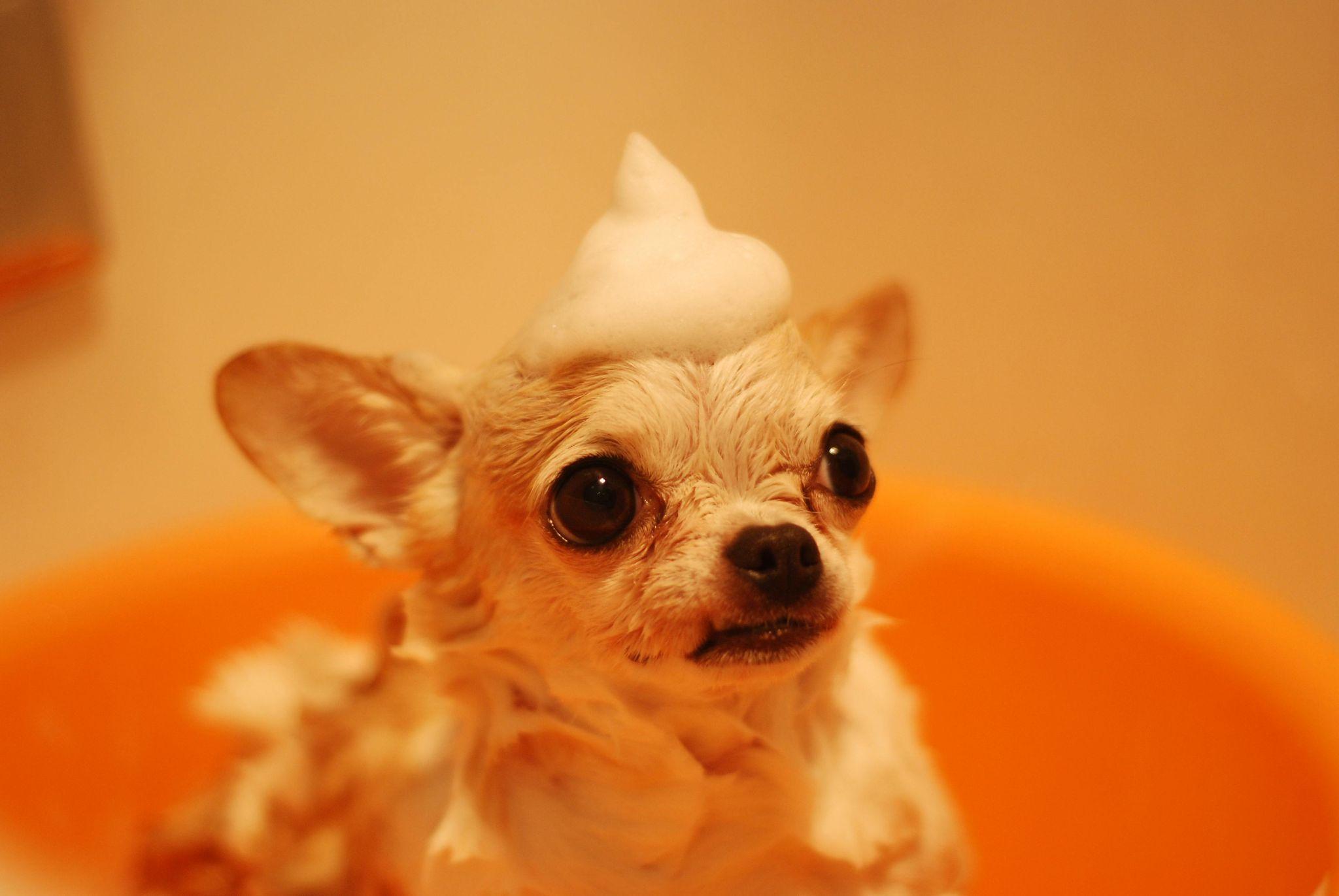
Incorporating grooming into your pet’s routine offers numerous health benefits, including:
- Prevention of Skin Conditions: Regular grooming helps avoid skin infections, irritations, and hot spots by eliminating dirt, dead hair, and other debris.
- Early Detection of Health Issues: During grooming, you can spot lumps, bumps, or parasites early, facilitating prompt treatment.
- Reduction in Shedding: Frequent brushing minimizes shedding, keeping your home cleaner and your pet’s coat healthier.
- Improved Circulation: Brushing stimulates blood flow to the skin, promoting a healthy coat and overall well-being. https://truepetslove.com/product/onesaill-dog-shaver/
How to Groom a Cat: A Step-by-Step Guide
Cats are known for their self-grooming habits, but they still need a bit of help from their owners. Grooming a cat requires patience and a gentle touch, as they can be sensitive to handling.
Understanding Your Cat’s Grooming Needs
Every cat has unique grooming requirements based on their breed, age, and health. For example, long-haired cats need more frequent grooming than short-haired breeds.
Essential Grooming Tools for Cats
- Brush or Comb: A fine-toothed comb or a brush specifically designed for cats.
- Nail Clippers: Specially designed for small pets.
- Pet-Friendly Shampoo: For occasional baths.
- Towels: For drying your cat after a bath.

Grooming Steps for Your Cat
- Brush the Fur: Gently brush your cat’s fur to remove tangles and loose hair. Focus on areas prone to matting, such as under the legs and around the neck.
- Inspect for Parasites: While brushing, check for fleas, ticks, or other parasites.
- Trim the Nails: Carefully clip your cat’s nails, avoiding cutting too close to the quick.
- Clean the Ears: Use a damp cotton ball to clean your cat’s ears, removing any dirt or wax buildup.
- Bath Time (If Necessary): Most cats dislike water, so only bathe them when absolutely necessary. Use lukewarm water and a cat-friendly shampoo, then dry them thoroughly.
Dealing with a Resistant Cat
Some cats might resist grooming, especially initially. Here’s how to make it easier:
- Start Slowly: Begin with short grooming sessions to help your cat get used to the process.
- Use Treats: Reward your cat with treats during and after grooming to create a positive association.
- Be Gentle: Handle your cat with care, especially around sensitive areas.
How to Groom a Dog: Tailoring Techniques for Different Breeds
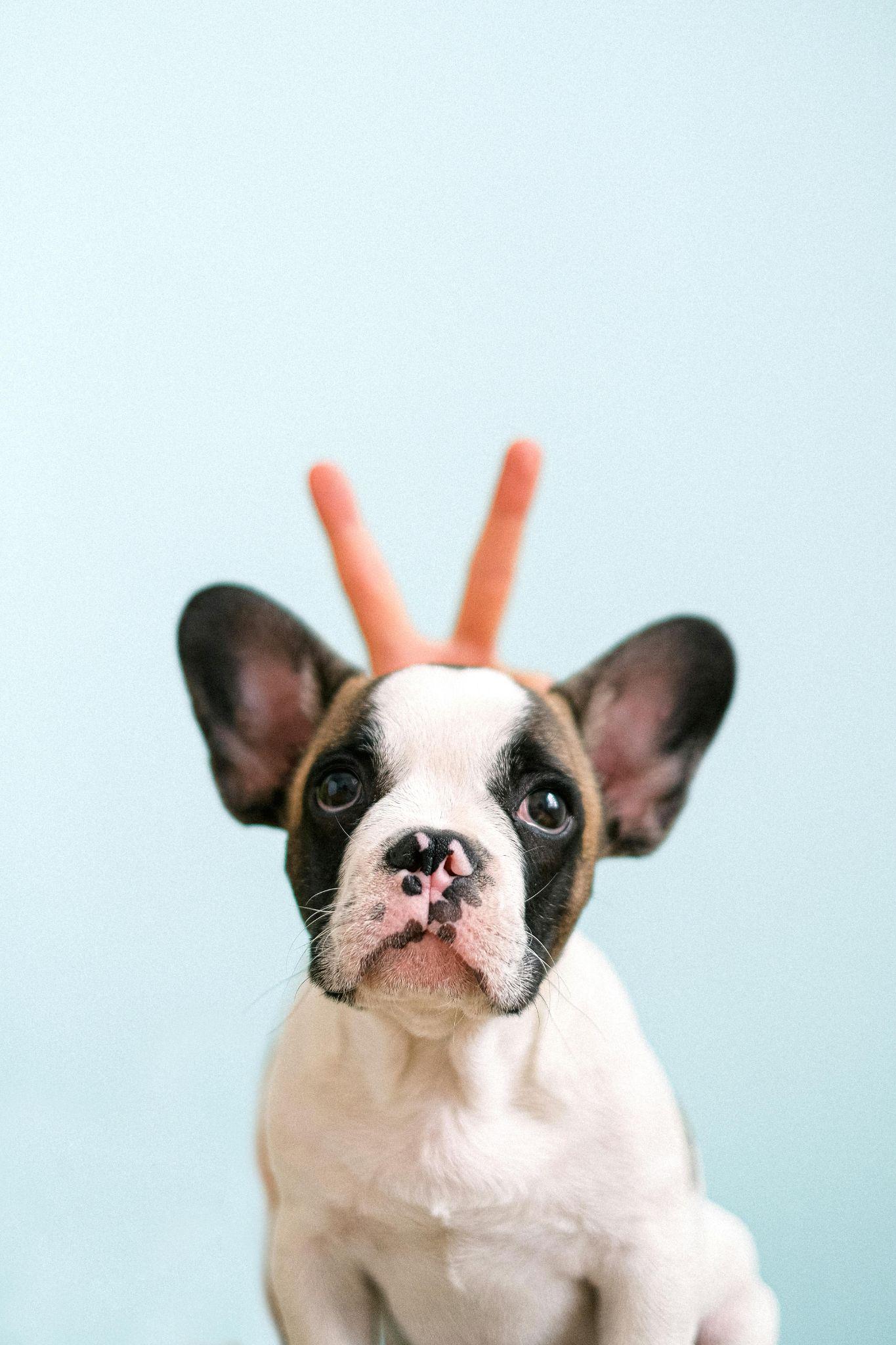
Dogs come in various breeds, each with unique grooming requirements. Whether you have a short-haired dog or a large pet breed with a thick coat, understanding the specifics of dog grooming is essential. https://truepetslove.com/how-to-choose-the-right-pet-exercise-equipment/
Identifying Your Dog’s Grooming Needs
Different breeds require different grooming techniques. For example, long-haired breeds like Golden Retrievers need more frequent brushing compared to short-haired breeds like Beagles.
Essential Grooming Tools for Dogs
- Brush: Depending on your dog’s coat, you may need a slicker brush, bristle brush, or undercoat rake.
- Nail Clippers or Grinder: To maintain your dog’s nail health.
- Dog Shampoo and Conditioner: Suitable for your dog’s skin type.
- Ear Cleaner: To prevent ear infections.
- Toothbrush and Dog Toothpaste: For oral hygiene.
Grooming Steps for Your Dog
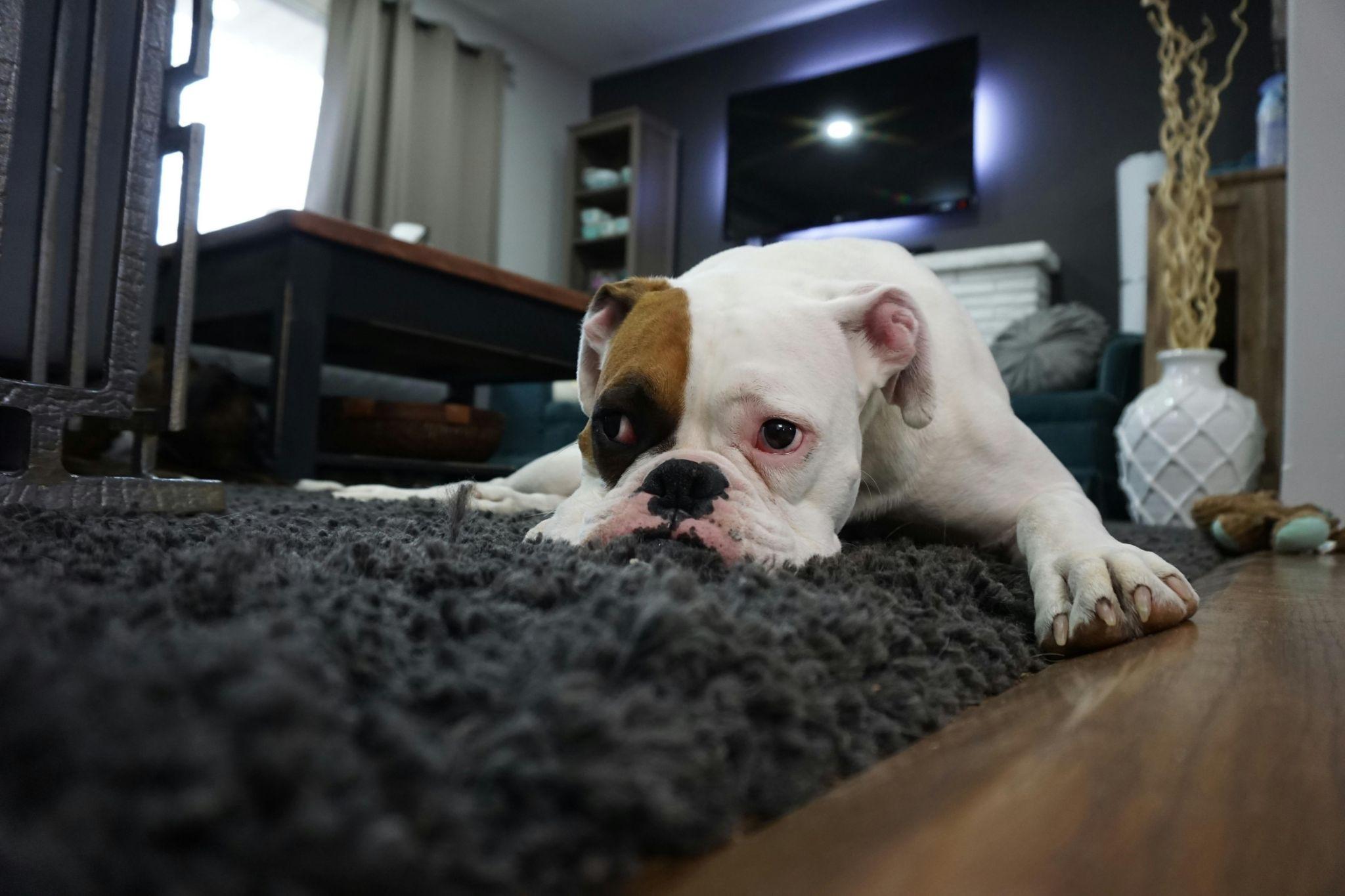
- Brush the Coat: Regular brushing helps remove dirt, dead skin, and loose fur. It also helps distribute natural oils for a healthy coat.
- Remove Tangles and Mats: Use a comb or detangling spray to gently remove any tangles, especially in long-haired breeds.
- Bathe Your Dog: Use lukewarm water and dog-specific shampoo. Rinse thoroughly to avoid soap residue.
- Dry the Coat: Towel-dry your dog or use a pet dryer on a low setting.
- Trim the Nails: Regular trimming prevents overgrowth, which can cause discomfort or injury.
- Clean the Ears: Use an ear cleaner to maintain ear health.
- Brush the Teeth: Regular brushing with dog-specific toothpaste reduces the risk of dental disease.
Special Tips for Large Pet Breeds
Grooming large pet breeds requires more effort due to their size and often thick coats. Here’s how to handle it:
- Use a Grooming Table: A sturdy table can help manage larger dogs more effectively.
- Allow Breaks: Grooming a large dog can be time-consuming. Take breaks to keep your pet comfortable.
- Invest in Quality Tools: High-quality grooming tools make the process more efficient and pleasant for both you and your dog.
Grooming Other Pets: Rabbits, Guinea Pigs, and More
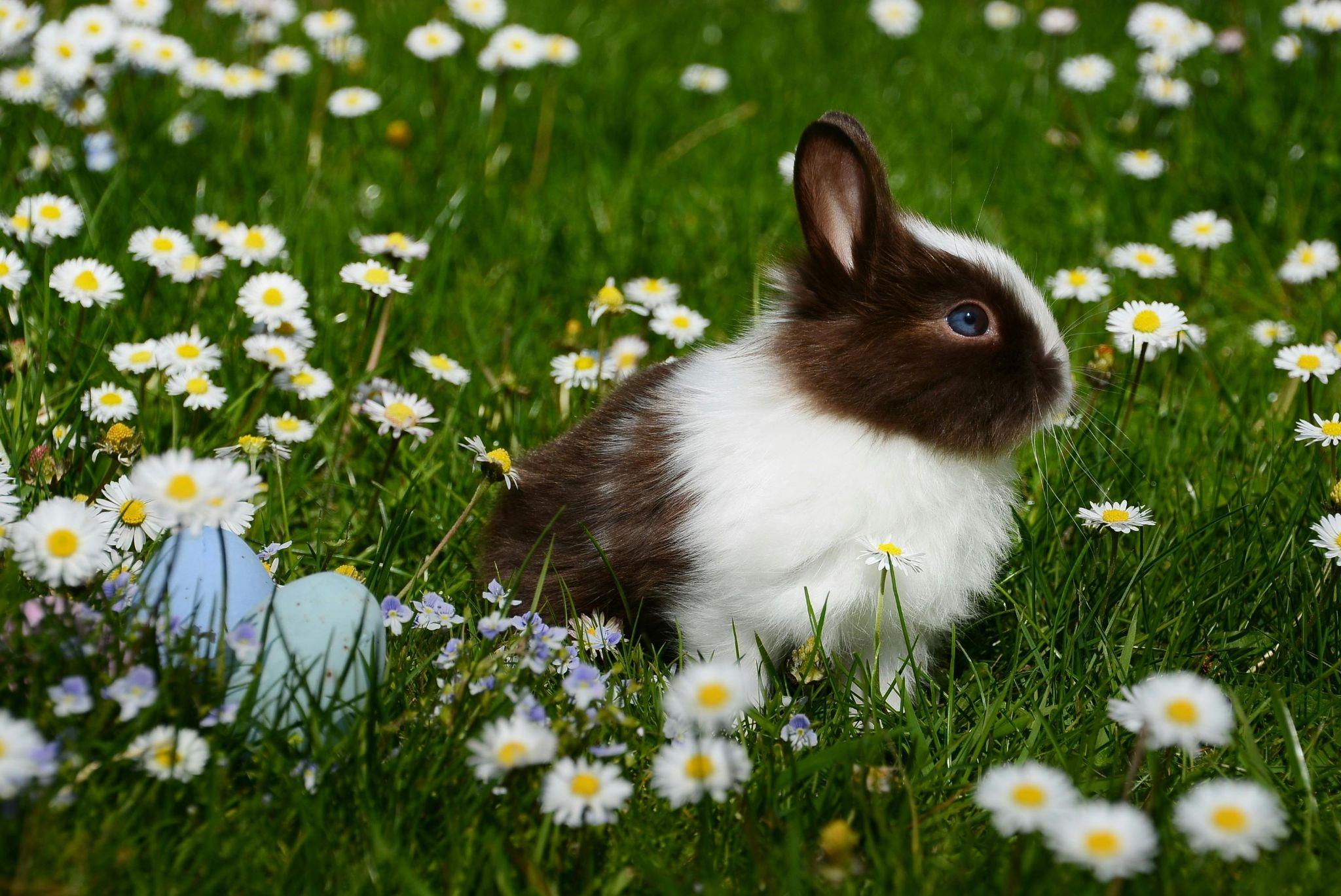
While cats and dogs are the most common pets, other animals like rabbits, guinea pigs, and even reptiles require grooming. Each species has its unique needs.
Tips for Grooming Small Mammals
Small mammals like rabbits and guinea pigs need regular grooming to avoid matting and maintain a healthy coat.
- Brushing: Use a soft brush designed for small pets to remove loose hair and prevent tangles.
- Nail Trimming: Carefully trim nails to prevent overgrowth.
- Cage Cleaning: Regularly clean your pet’s living area to maintain a healthy environment.
Grooming Reptiles and Amphibians
Reptiles and amphibians, while low-maintenance, still need attention to their hygiene.
- Monitor Skin Shedding: Ensure your reptile is shedding properly to avoid health issues.
- Maintain Water and Humidity Levels: Proper humidity is crucial for your pet’s skin health.
- Clean the Tank: Regular cleaning prevents bacterial buildup.
Common Grooming Mistakes to Avoid
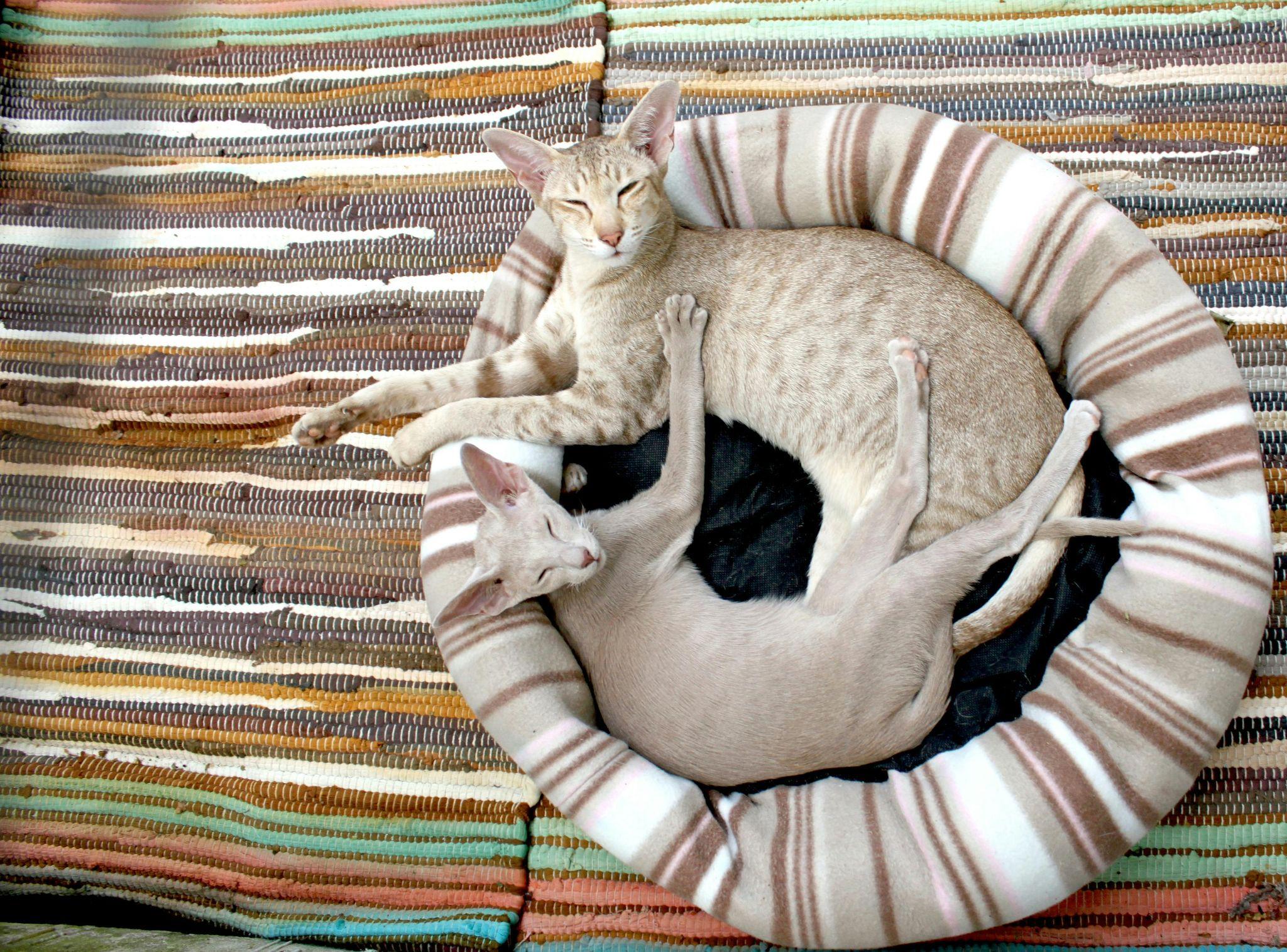
While grooming, avoid these common mistakes to ensure your pet’s comfort and health:
Over-Bathing Your Pet
Excessive bathing can strip your pet’s skin of natural oils, leading to dryness and irritation. Bathe your pet only when necessary.
Using Incorrect Products
Always use grooming products designed specifically for pets. Human shampoos and conditioners can be too harsh and may cause skin issues.
Neglecting Dental Care
Regular oral hygiene is essential for preventing dental diseases. Brush your pet’s teeth regularly to maintain their dental health.
Ignoring Warning Signs
If your pet shows signs of discomfort, such as excessive scratching or unusual behavior, consult a veterinarian promptly. https://truepetslove.com/
Making Grooming a Positive Experience
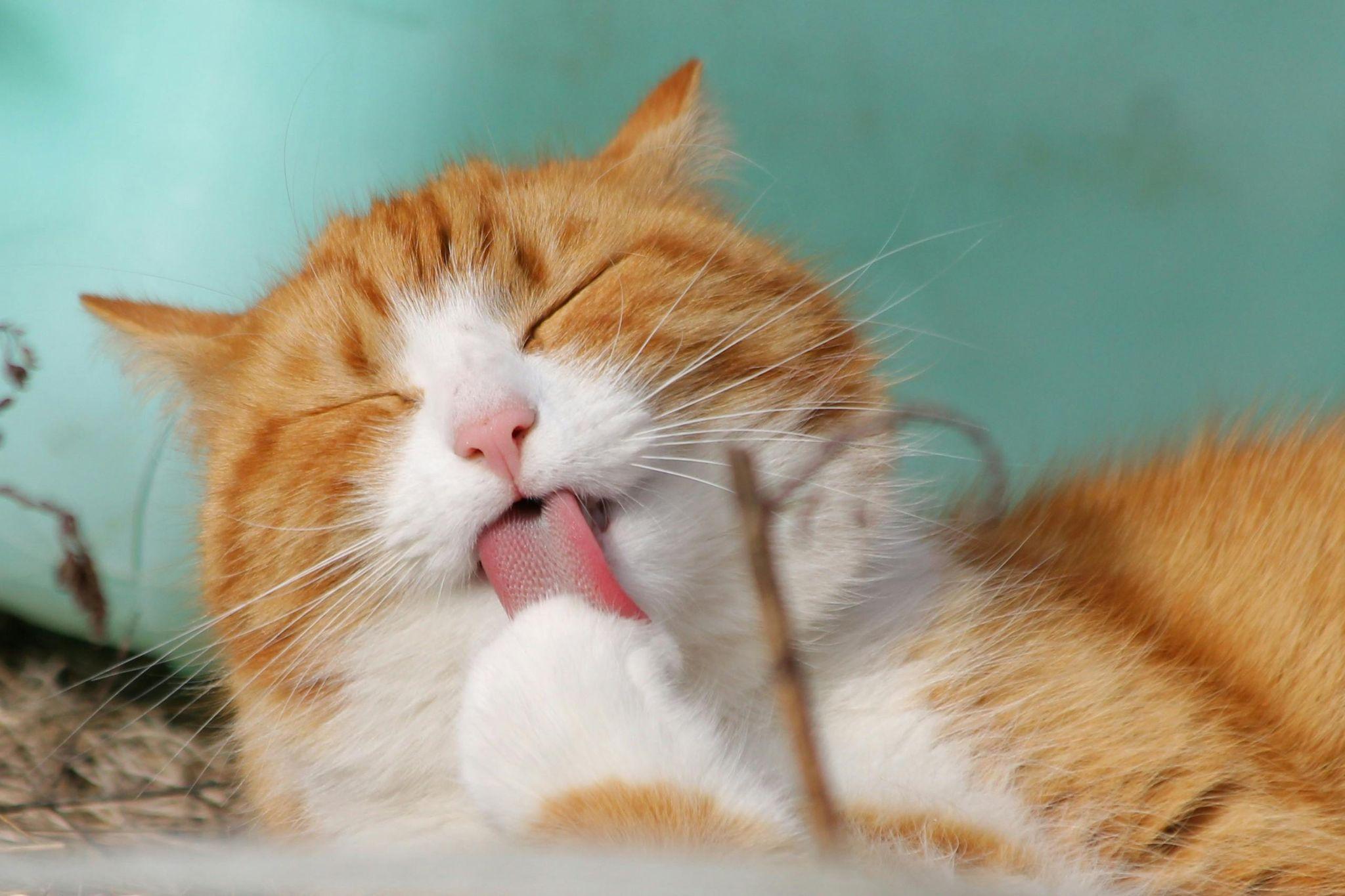
Grooming is a fundamental aspect of pet care that promotes health and happiness. Whether you’re figuring out how to groom a cat, how to groom a dog, or managing the needs of large pet breeds, understanding and addressing your pet’s specific grooming needs will ensure they remain comfortable and well-maintained.
Approach grooming with patience, use the right tools, and be attentive to your pet’s responses. Over time, grooming will become a cherished bonding experience for both you and your pet. By following these tips for grooming your pet, you’ll contribute to their well-being and foster a loving, healthy relationship.
